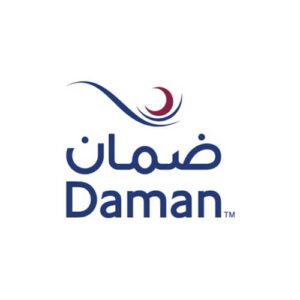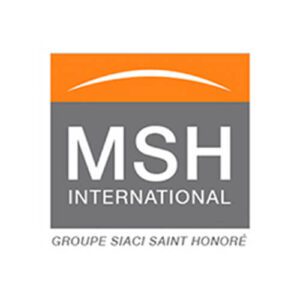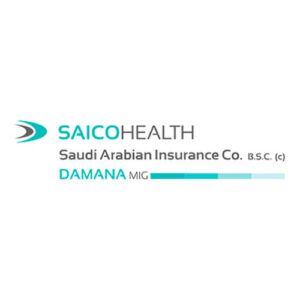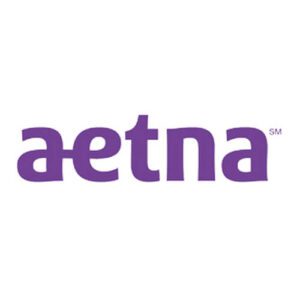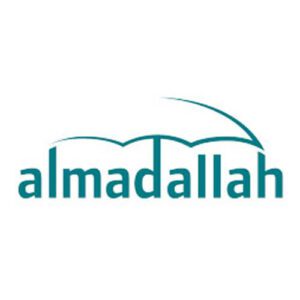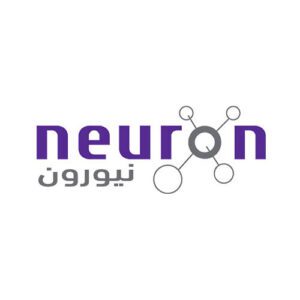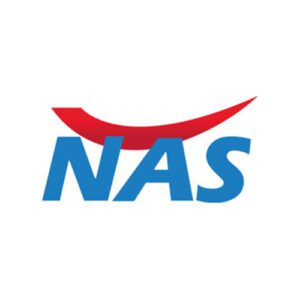PECTORALIS MAJOR RUPTURE (PEC TEAR)
Also known as the ‘pec’, the pectoralis major muscle is large muscle that is located on the chest wall across the upper chest. This large muscle makes up the bulk of the chest muscles and lies just under the breast stretching across the collarbone (clavicle) to the breastbone (sternum).
The pectoralis major is an important muscle and plays an essential role in shoulder function by rotating the joint towards the body (providing internal rotation) and bringing the arm towards the body (adduction). Injury to this powerful muscle can occur during heavy lifting activities that requires contraction.
Pectoralis Major Injury / Pec Tear Causes
Strains (tears) and ruptures of the pectoralis major muscle occur due to heavy weightlifting (bench pressing). This muscle is critical for maximum strength in athletes, labor intensive workers, and active individuals. Pectoralis major injuries mostly occur suddenly whilst working with high intensity.
The injury is usually felt as a painful snapping sensation at the front of the chest and shoulder. This leads to a painful upper arm and chest, muscle deformity and weakness causing bruising and swelling.
Pectoral injury can also develop over time due to repetitive movements of certain muscles being used in specific activities such as CrossFit.
Symptoms of Pectoralis Major Injury / Pec Tear
Pain from a pectoral tear is usually felt as a ripping sensation, a pop sound, or sudden pain on the front of the shoulder or in the chest.
An average pectoral tear is obvious when the affected muscles are stretched, when pressure is applied to the affected muscle or when performing activities that involve the affected muscle.
In severe cases, pain can prevent the patient from taking part in his/her usual activities plus there may also be muscle wastage which can result in visible deformity requiring surgery. In minor cases, it is common for the individual to continue with their normal activities including contact sports, but he/she will likely experience a slight increase in pain and aches afterwards.
The common symptoms of pectoralis major injury include:
Swelling
Bruising
Pain
Muscle spasm
Muscle weakness
Difficulty moving the area affected
Diagnosis of Pectoralis Major Injury
Diagnosing pec injury involves your physician performing a physical exam and enquiring how the injury occurred. This is usually enough to diagnose the pec injury as the muscle shape and size are visibly different on the affected side.
An ultrasound and MRI are also performed to confirm the injury, determine the exact location, and the extent as well as to rule out other conditions.
Treatment for Pectoralis Major Injury
Treatment for TYPE 1 PEC RUPTURE usually requires surgery, especially when there is a complete tear. For the best outcome, it should be performed as soon as possible. The procedure involves the surgeon placing large sutures (stitches) in the torn tendon so as to reattach the arm bone with anchors put in the holes made in the bone.
The success rate of this type of surgery is high and most patients are able to return to their normal physical activities including sports after their recovery. However, if the rupture happened more than three months ago and it was not properly treated, there can be a possibility that the muscle and tendon have retracted. In such a case, a tendon from the hamstring may be needed to be grafted in order to repair the damaged tendon.
For the TYPE 2 PEC INJURY, the surgery can be done immediately, or the surgeon can wait until the fibrous tissue develops on either side of the rupture. This surgery involves connecting the muscle and tendon with durable suture material to promote proper healing. However, when dealing with older injuries, other techniques may have to be utilized such as those used in hernia repair. TYPE 3 AND TYPE 4 PEC INJURIES are quite rare and difficult to operate on. Although type 3 can be treated using the Achilles tendon grafting procedure, most surgeons do not recommend surgery for this type of rupture.
A highly skilled surgeon using advanced techniques may be needed to repair type 4 injury since it does not involve muscle with no tendon at the injury site.
For all the above PEC injuries, consecutive surgery or nonsurgical treatment options may be needed following the initial surgery.
Post-operative Recovery
After the pec repair procedure, the affected arm is placed in a sling for 4-6 weeks in order to protect the joint. To reduce the swelling and chest pain, the patient can used ice packs and also carry out gentle pendulum motion exercises. The patient will undergo a detailed physical therapy program to help him/her regain full shoulder function.
Complete and full recovery can be expected after about one year.
Risk Factors of Pectoralis Major Repair
The risks involved with this procedure are rare but can include:
- Injury to the nerve
- Infection
- Continuous pain or weakness or both
- Blood clots or Hematoma
- Humerus or glenoid bone fracture
Possible complications can include:
- Stiffness
- Weakened bicep muscle
- Failed transfer
- Re-rupture
REQUEST AN APPOINTMENT
A member of our team will reach out to you & quickly get you booked in for an appointment with the most relevant member of our sport medicine team.
PARTNERING WITH LEADING
MEDICAL INSURANCE PROVIDERS
We work with leading medical insurance providers in the country, if you have any questions or queries just give us a call on 8008254268.


